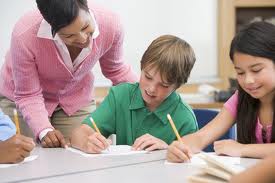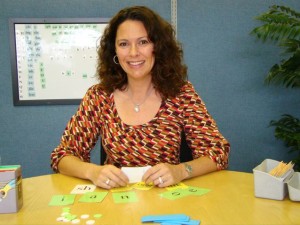
Helping a Child with Visual Processing Disorder
Visual processing disorder has nothing to do with eyesight or vision; it has to do with the brain not processing the information which the eyes take in. Children with visual processing disorder have difficulties learning visual information due to the deficits in the visual control system in their brains.
Children diagnosed with visual processing disorder struggle in these 3 areas in reading and writing:
Visual Word Memory Problems
Children with visual processing disorder will often show abnormal behaviors during reading, such as:
- Frequent word or line skips
- Tendency to move their whole head to read instead of just their eyes
- Difficulties with automatic sight-word recognition
- Double vision, squinting or closing or rubbing one eye
- Complaints of visual blurring or letters moving around, popping in and out of the paper
- The letters in words are not in sequence
Letter and Symbol Reversal Problems
It is common for children under the age of 7 to reverse letters or numbers when writing or to make letter substitutions when reading. Children with visual processing disorder will still make reversals and substitutions beyond the age of 7. These children will also show problems with letter formation that extends far beyond simple difficulties with reversals.
Contrast Sensitivity Problems
Children with visual processing disorder often have difficulties with poor visual contrast sensitivity. These children may experience:
- Glare from the paper
- Eyestrain
- Difficulties making out the letters
Symptoms may be worse in some lights than others. Fluorescent lights frequently produce the most problems.
Helping a Child with Visual Processing Disorder
The best learning environment for a child with visual processing disorder is a multisensory setting. Multisensory teaching utilizes all the senses to relay information to the students. The teacher accesses the visual, auditory, and kinesthetic pathways in order to enhance memory and learning.
For example, when learning the vowel combination “oa” the student might first look at it and then have to trace the letters in the air while speaking out loud. This combination of listening, looking, and moving around creates a lasting impression for the student as things will connect to each other and become memorable.
If a child struggling with visual processing disorder is given a task that uses just vision, without drawing upon other senses, the child will be at a disadvantage. When taught with a multisensory approach, children will learn alphabetic patterns and words by utilizing all pathways – hearing (auditory), seeing (visual), touching (tactile) and moving (kinesthetic).
Learn more about the New PRIDE Reading Program
________________________________________________________________________
Karina Richland, M.A. is the Founder of Pride Learning Centers, located in Los Angeles and Orange County. Ms. Richland is a certified reading and learning disability specialist. Ms. Richland speaks frequently to parents, teachers, and professionals on learning differences, and writes for several journals and publications. You can visit the Pride Learning Center website at: www.pridelearningcenter.com

